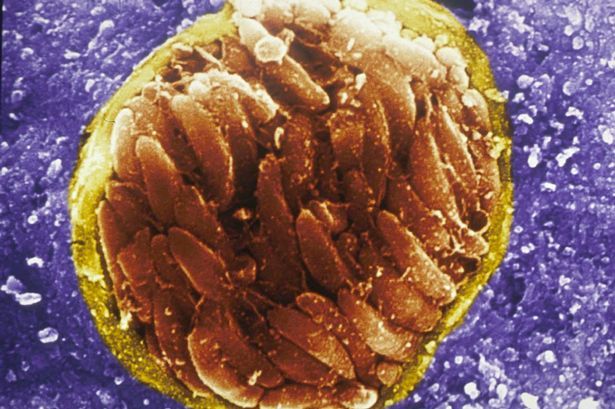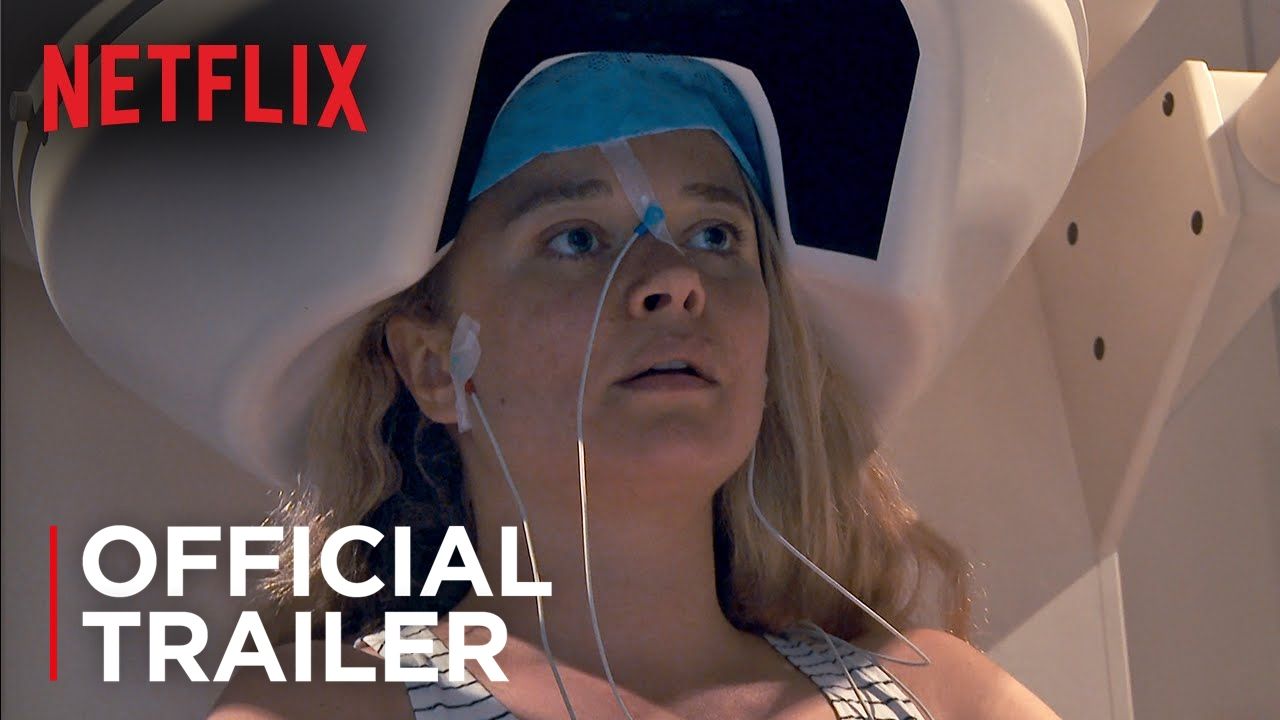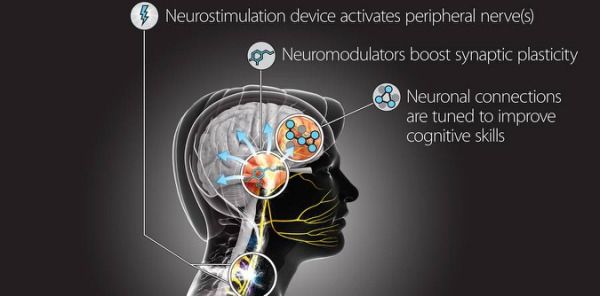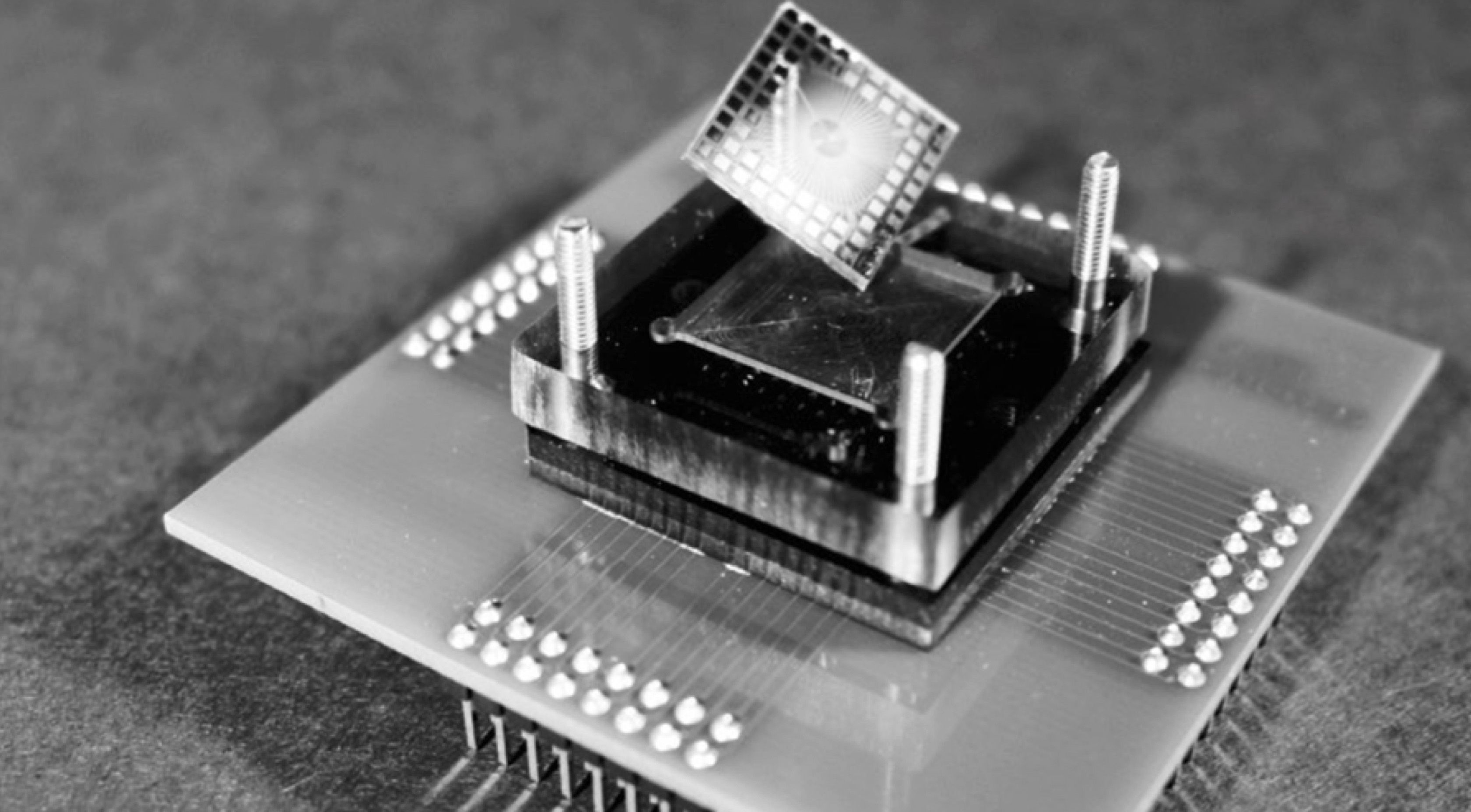![]()
WIKIMEDIA, ROBINSON RCRISPR-a bacterial immune response best known for its genome-editing applications in the lab-has yet again been adapted for scientific purposes, this time to track RNA within cells. Considering the case of synapses — the proteins required for these neural connections are produced from RNAs located at these contacts.
“Just as CRISPR-Cas9 is making genetic engineering accessible to any scientist with access to basic equipment, RNA-targeted Cas9 may support countless other efforts for studying the role of RNA processing in disease or for identifying drugs that reverse defects in RNA processing”, study coauthor David Nelles of the University of California, San Diego, said in a press release. Defective RNA transport is linked to a host of conditions ranging from autism to cancer and researchers need ways to measure RNA movement in order to develop treatments for these conditions. “Our current work focuses on tracking the movement of RNA inside the cell, but future developments could enable researchers to measure other RNA features or advance therapeutic approaches to correct disease-causing RNA behaviors”. But, Gene Yeo, Associate Professor of Cellular and Molecular Medicine at UC San Diego, and his team have applied the technique as a flexible means to targeting RNA in live cells.
Jennifer Doudna, the creator of the CRISPR-Cas9 system for DNA editing, also works out of the University of California research system, and is listed as a co-author for this study. A guide RNA, along with the addition of an oligonucleotide sequence, sent the Cas9 RNA-ward.
Read more







